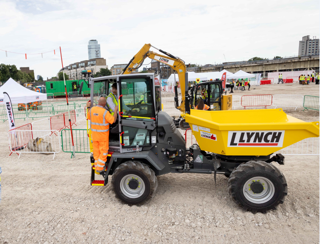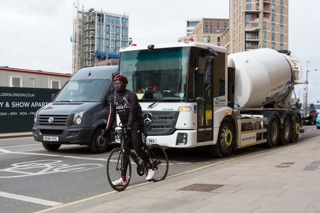Transport for London (TfL) has released the consultation report on the Direct Vision Standard (DVS) and proposals for a HGV Safety Permit.
More than 2,500 people responded to the consultation and 91% said they agreed or strongly agreed that the amount a HGV driver can see directly through the HGV cab’s windows plays a role in collisions with vulnerable road users.
Similarly, 92% either agreed or strongly agreed that the amount a HGV driver can directly see should be improved to reduce HGV road risk.
The DVS star rating boundaries for vehicles was supported by 79% of respondents.
The consultation, which ran between November 16 2017 and January 24 2018, focused on a proposal for a new HGV Safety Permit Scheme, which would be required for all HGVs over 12 tonnes entering or operating in London from 2020.
If TfL’s proposals are approved, the issuing of safety permits will begin in October 2019, with the most dangerous zero star rated HGVs to be banned from Greater London in 2020, if operators do not fulfil the requirements of a new Safe System.
TfL is now working on the operating model to implement the final DVS and HGV Safety Permit Scheme. A final statutory consultation will take place in early 2019, subject to Department for Transport and European Commission support.
The development of the proposed DVS forms part of the Mayor of London and TfL's Vision Zero approach to reducing road danger.
Christina Calderato, head of delivery planning at TfL, said: “The disproportionately high number of HGVs involved in fatal collisions with pedestrians and cyclists is a tragedy. This is why we’ve worked closely with the freight and logistics industry and vulnerable road user groups to develop the Direct Vision Standard and HGV Safety Standard Permit Scheme. We’re really pleased so many people supported our proposals for these important new safety measures which we hope will help to save many lives in the future.”
The consultation report is available here: tfl.gov.uk/direct-vision-standard



















Login to comment
Comments
No comments have been made yet.